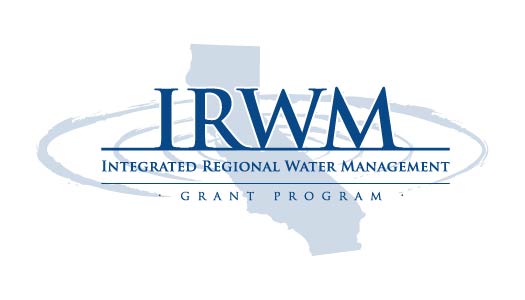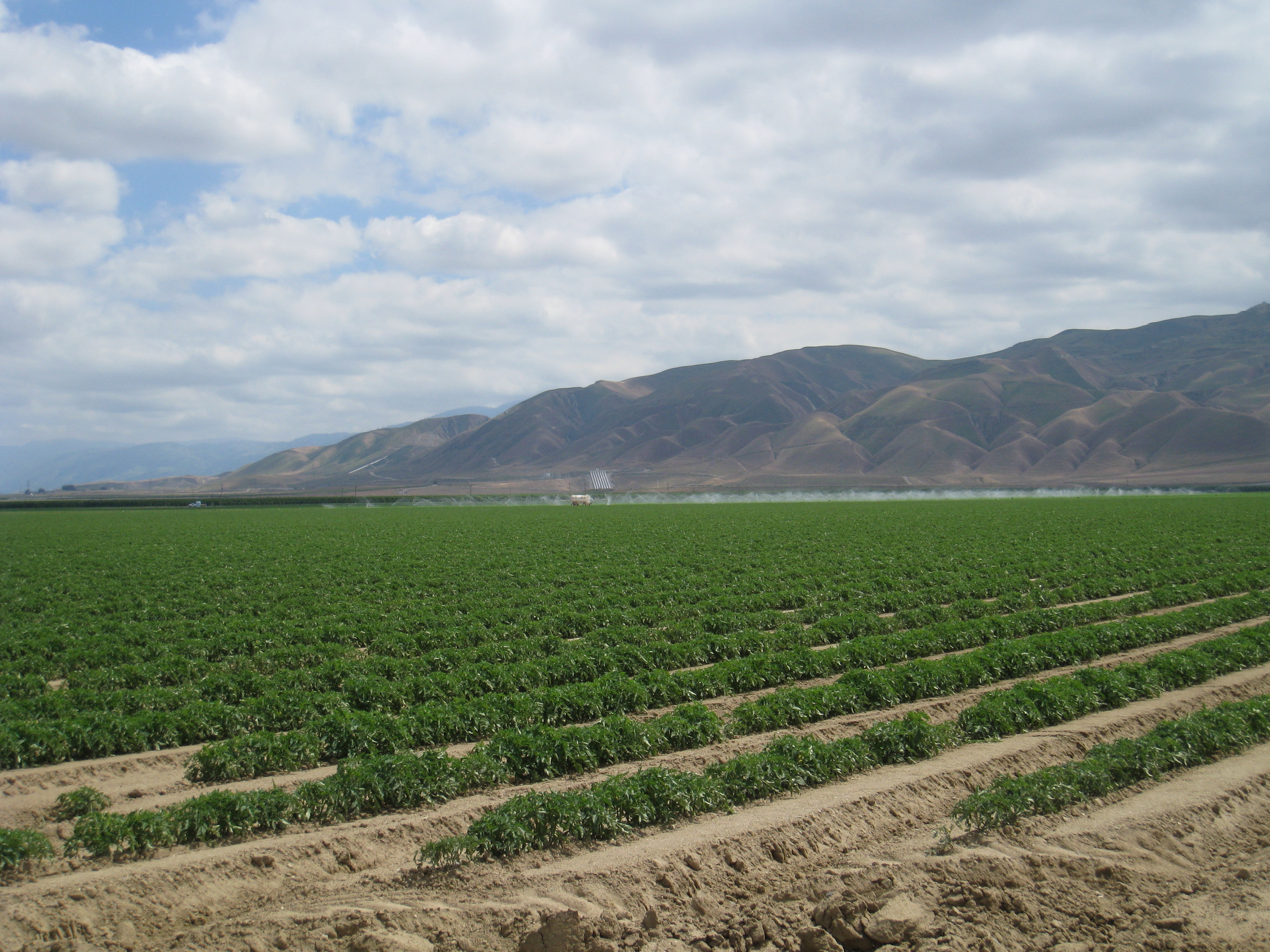CALIFORNIA STUDENTS RECOGNIZED FOR STATE-WINNING STORIES
Six California student authors were recognized for their state-winning stories in the Imagine this… Story Writing Contest. On Wednesday, March 19, the students and their teachers were honored during a ceremony at the California State Capitol in the Governor’s Council Room.
California Department of Food and Agriculture Secretary Karen Ross, along with several legislative members and staff representing various districts throughout the state, attended the ceremony to honor the students for their academic achievements.
The state-winning authors received medals, e-readers, books, artwork, and resources for their teachers from California Foundation for Agriculture in the Classroom (CFAITC).
The following third through eighth grade students were selected from more than 8,000 entrants for their creativity, writing skills, and positive interpretation of California’s agriculture industry:
- Rose Velasquez, 3rd grade, McSwain Elementary School (Merced county) for her story, The Pink Shirt
- Evan Johns, 4th grade, Gratton Elementary School (Stanislaus county) for his story, The Incident
- Jake Martin, 5th grade, Sacred Heart Catholic School (Stanislaus county) for his story, Luigi’s Pride
- Creed Newton, 6th grade, Scott Valley Jr. High School (Siskiyou county) for his story, Branding Day on Our Ranch
- Allyson Wei, 7th grade, San Gabriel Christian School (Los Angeles county) for her story, Strawberry Troublemakers
- Morgan Hicks, 8th grade, Gratton Elementary School (Stanislaus county) for her story, Raineo and Dropulete
Hundreds of California teachers participate in this annual contest by assigning their students the task of researching an aspect of agriculture and challenging them to incorporate these facts into their own creative story.
The success of this contest is bolstered by meeting state English-language arts teaching requirements and by providing an opportunity for students to explore topics of which they previously had limited knowledge.
“We are excited to recognize these students for their writing achievements and their better understanding of farming through the Imagine this… Story Writing Contest. We encourage the students to continue learning about the vital role agriculture plays in our daily lives,” said CFAITC executive director, Judy Culbertson.
The contest’s purpose is to promote reading, writing, and the arts while furthering the public’s understanding of agriculture. Stories are posted online at www.LearnAboutAg.org/imaginethis.
For more information, contact Stephanie Etcheverria, Program Coordinator at 800-700-AITC.




















